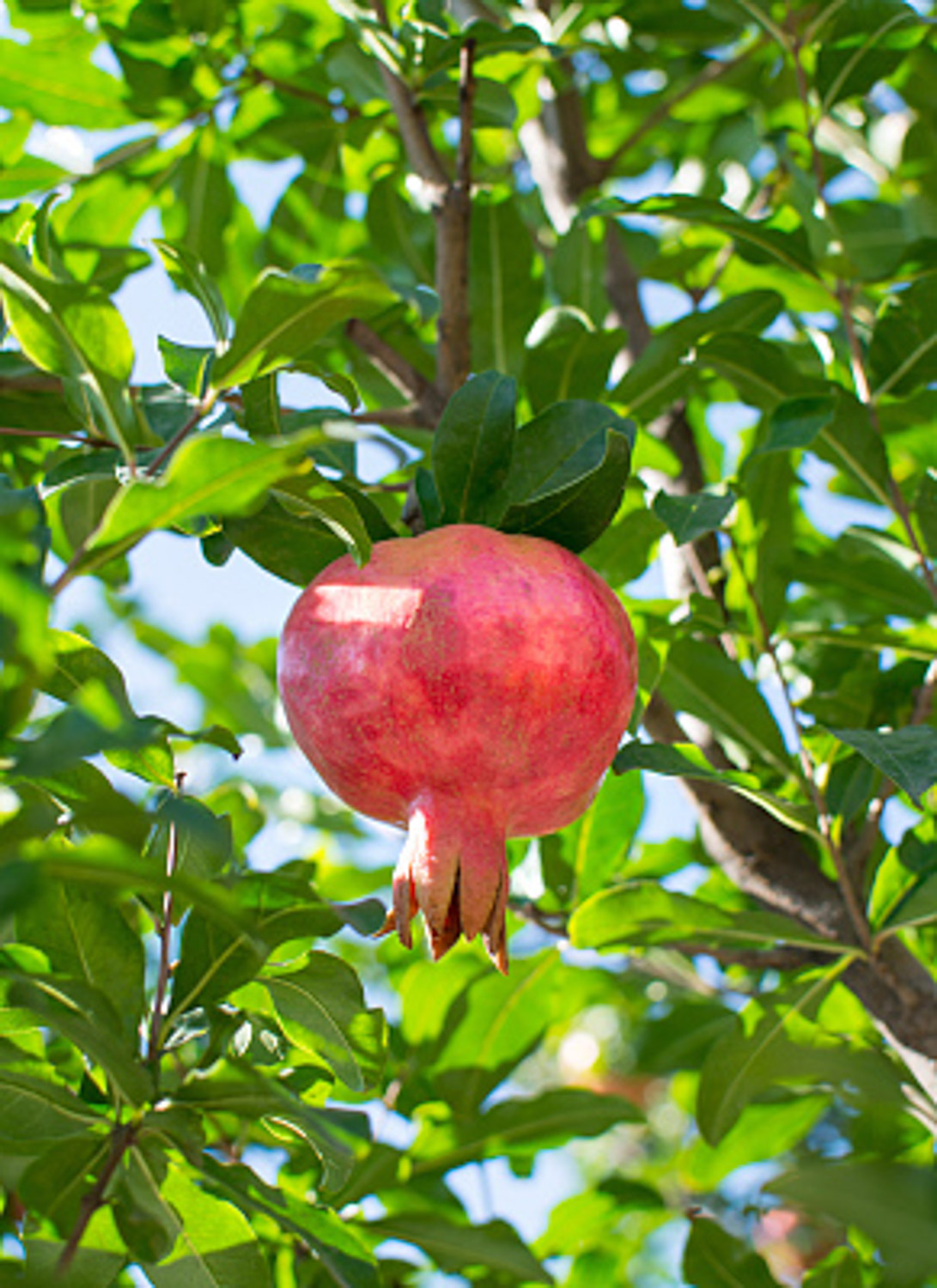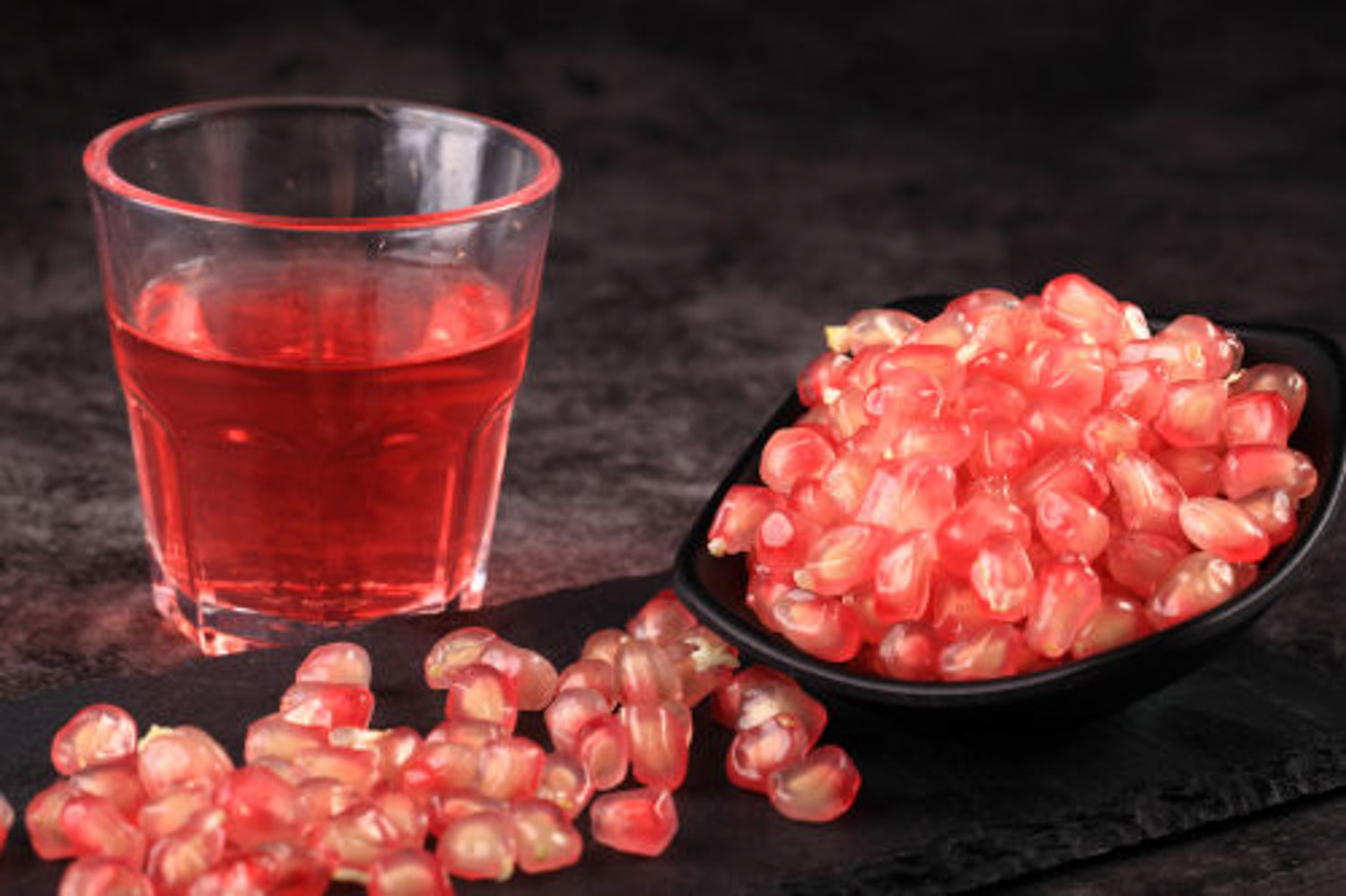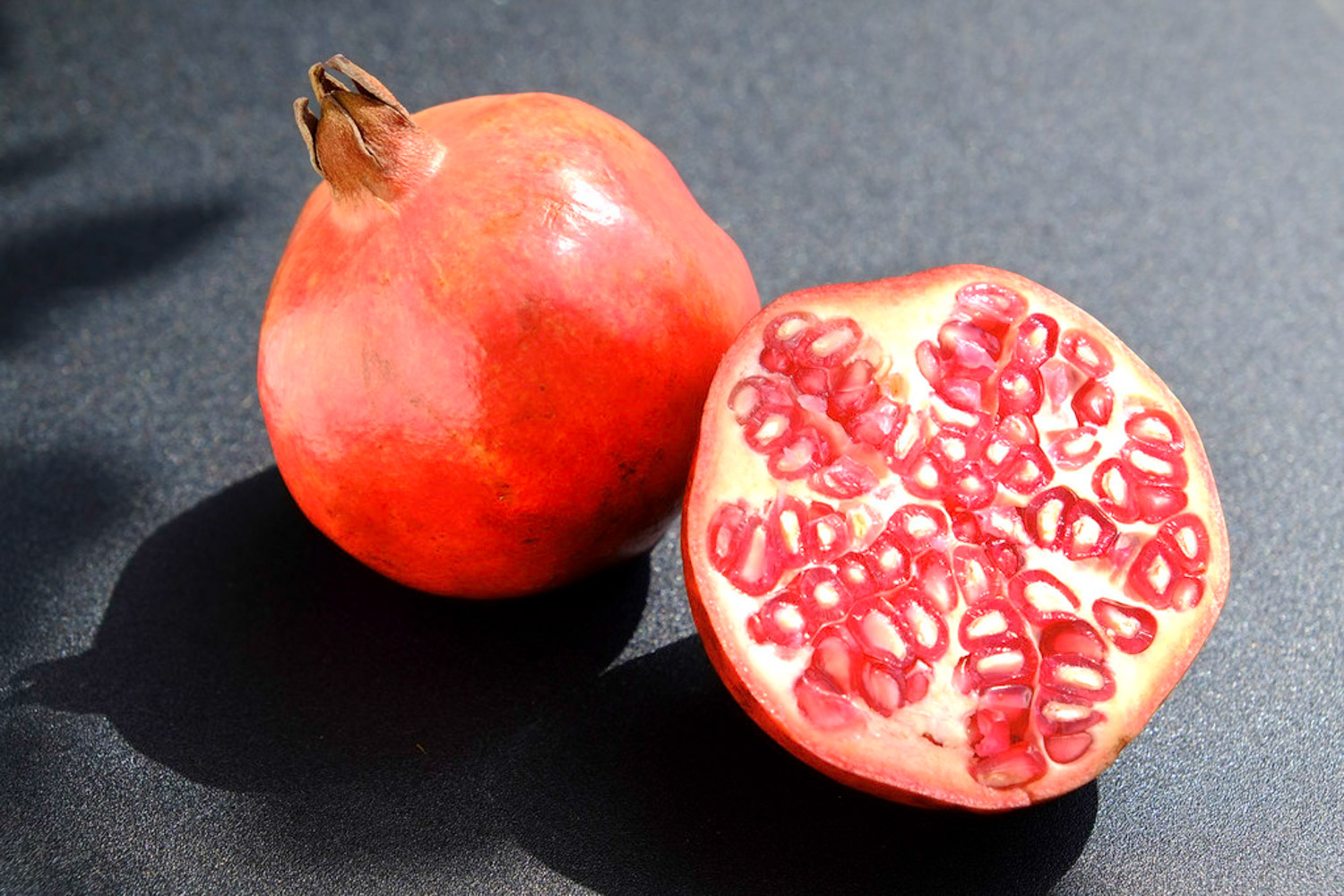1、 Curing method
1. Watering: when potting pomegranate, just keep its pot soil slightly moist, and you don't need to pour too much water. Be careful not to pour water on its flowers during its flowering period
2. Fertilizer: it doesn't need too much fertilizer. Apply liquid fertilizer every half a month or so. After fertilization, water it to make it fully penetrate into the soil and ensure its growth

3. Light: it needs enough good light to maintain its growth. If the light is insufficient, the branches will be small and the leaves will turn yellow. Without light for a long time, it may not blossom and bear fruit
4. Temperature: the growth environment of 15-25 ℃ is the most suitable for its growth, and it is necessary to ensure that the ambient temperature reaches the standard in the flowering and fruiting period. If the ambient temperature is lower than 15 ℃ for a long time, it will lead to excessive growth of branches and reduce the quantity and quality of fruit

2、 Breeding skills
1. Pruning: prune the branches that grow too long and withered frequently during the maintenance period, which is very good for the whole plant. It can not only reduce the excessive consumption of nutrients, but also increase its permeability and reduce insect pests
2. Reproduction: there are many ways of reproduction, among which the ramet method is relatively simple. When its branches and buds germinate in April, it can survive by digging a root tiller seedling and planting it directly

3、 Diagnosis and treatment problems
1. Yellow leaf: if it is caused by excessive watering, it is necessary to timely drain or change the soil. If it is caused by too much fertilizer, you need to water and dilute the soil as soon as possible
2. Pomegranate stem window moth: this kind of pest is very harmful to pomegranate. It mainly sucks branch juice for a living. After the emergence of such pests, it is necessary to spray professional pesticides in time to kill insects

4、 Other issues
1. Can pomegranates be eaten: of course, pomegranates can be eaten. When pomegranates mature, their fruits will crack. At this time, they can be picked and peeled for consumption
2. Whether it can be raised indoors: pomegranates can be raised indoors on the premise that there is good lighting indoors, because the growth of pomegranate trees requires sufficient light and regular ventilation


 jackfruit
jackfruit snake plant
snake plant hibiscus
hibiscus hydrangea
hydrangea lavender
lavender Green roses climb al...
Green roses climb al... If you don't pay att...
If you don't pay att... Management of four g...
Management of four g...

































